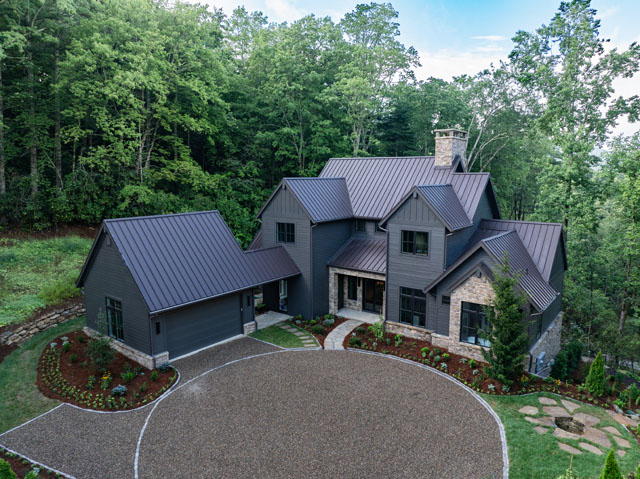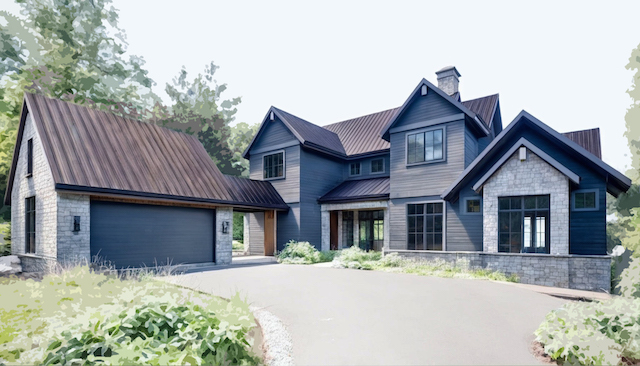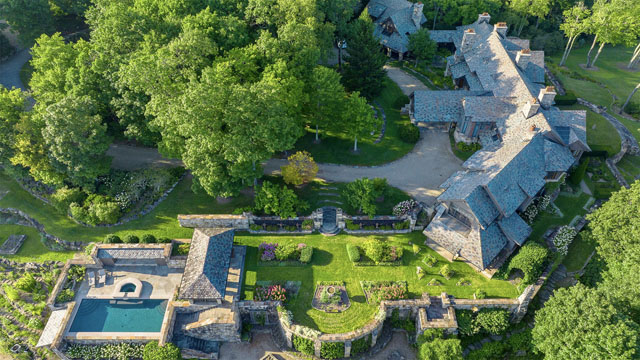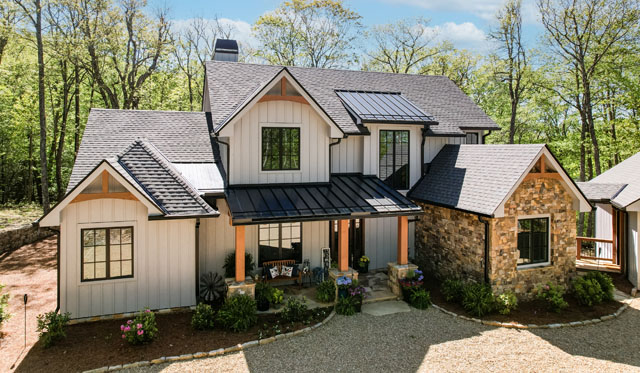The Long Haul
04 Feb 2025
PLATT's legacy of placemaking lays the foundations for generational stewardship
Feb-March 2025
Written By: kat ford | Images: photos William Abranowicz;Tzu Chen; David Dietrich; Matt Fusco; Ryan Theede
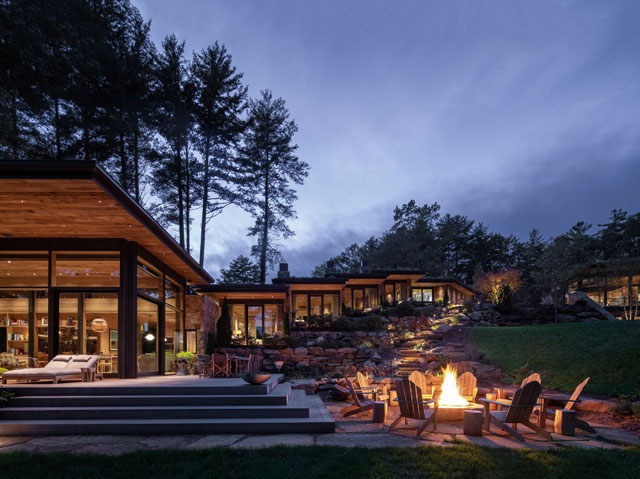
In late 2024, Forbes released a list of America's Top 200 Residential Architects. Over 10 months after their regionally diverse advisory board created a rigorous evaluation system, Forbes evaluated over 18,000 member firms of the American Institute of Architects with a web presence. They then sent an invitation to those advancing in the process to submit three single-family houses built in 2019 or later. These submissions were scored based on merit before advancing to a semifinalist round judged by the Forbes Architecture editorial team and the Forbes Architecture Advisory Board, ultimately selecting the nation's finest firms representing their criteria for excellence in placemaking and home creation. PLATT is a full-service architecture, construction and interior design firm based in Brevard and one of the six North Carolina firms on the Forbes list. The company was founded by Alfred F. Platt Jr., AIA, in 1982. It is led by Parker Platt, AIA, and supported by a team of 50 professionals, 16 of whom operate in the architecture office. It boasts a portfolio of over 500 projects across the United States, including an HGTV Dream Home and features on national television shows. The Forbes Architecture evaluation criteria included raising the bar of responsibility within a community as a best practice. PLATT's multi-generational legacy of community-mindedness aligns with these prestigious parameters. From the late Cindy Platt's involvement with The Cindy Platt Boys and Girls Club of Transylvania County to a four decades-long relationship with the Brevard Music Center, the Platt family and the architecture firm bearing their name are passionate about the place they call home.
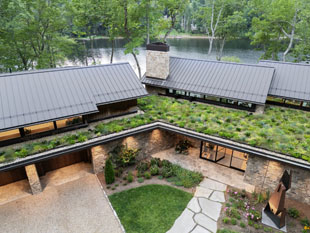
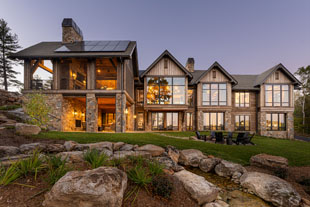
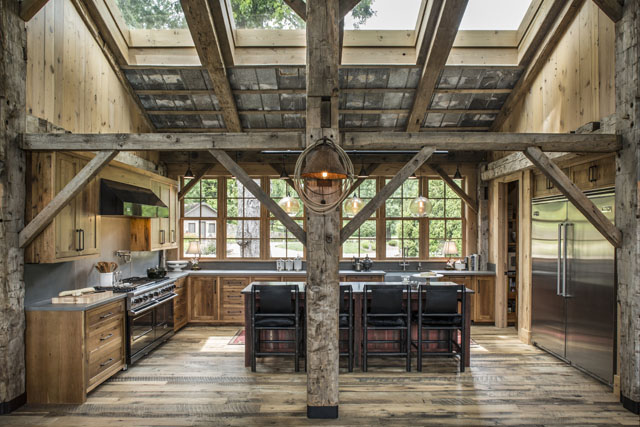
In the wake of Hurricane Helene, PLATT and PLATT Home, along with sister company Witherspoon Platt + Associates, a full-service conservation-focused real estate brokerage, created PLATT HEAL (Helene Emergency Assistance Long-term). Acknowledging staff members' distress and grief for regional loss endured by the storm, the firm formed a committee to brainstorm ways they may offer help. Employees are allowed a paid half-day each week to volunteer their time, working alongside Habitat for Humanity, FEMA, Manna Foodbank, The Cindy Platt Boys & Girls Club and others to provide property clean-up, food and water distribution, and assistance with disaster relief applications. Forming a partnership with Housing Assistance Corporation and Heather and John Blythe, PLATT reached out to friends and clients, seeking to raise $120,000 to provide travel trailers for eight families as transitional housing solutions while rebuilding. Within three days, the extended PLATT network raised $300,000. Trailers were purchased with a generous discount from Camping World of Asheville, who offered a buy-back after the need for temporary housing expired, allowing funds to be repurposed for further relief efforts.
The devastation caused by Hurricane Helene is a somber reminder that how we interact with our ecosystem may exacerbate issues occurring during increased or prolonged rainfall. According to Appalachian Landslide Consultants (ALC), a firm of engineering geologists in Asheville, "Over 66% of the landslides with known movement dates after 1990 cataloged by the NC Geological Survey and ALC have been on modified slopes (fills, cuts and waste piles). Building a home to be sustainable includes building in the right place so it is less likely to be impacted by landslides. Sometimes moving a house by 10 or 20 feet could protect it," says ALC co-owner and Principal Geologist Jennifer Bauer.
An architect's critical role in society, including determining the environmental impact of a development site, was one of the requirements for achieving a spot on Forbes Architecture's exclusive top 200 list. In Richard Olsen's article articulating the list's methodology, he highlighted "an acute awareness of the importance of architecture that addresses the factors of our rapidly changing climate" and saying "it should be evident that, in terms of architectural discourse, we’re past 'green.''' Forbes Architecture’s Residential Guiding Principles & Best Practices consists of a sustainability list including using local materials and artisans, preserving natural landscape contours while minimizing excavation, passive solar heating and designing to withstand extreme climate conditions. These aspirational design and planning practices evoke a future where development and environmental conservation work together. Consider a structure utilizing solar orientation and architectural shade so effectively that no mechanical heating or cooling is required, a dwelling so sustainable that it outlives its inhabitants through multiple generations.
With a reputation built on creating livable spaces that blur the lines between outdoor and indoor living, PLATT's method of intentional listening spans from homeowner to homesite. Their design portfolio consists of domiciles with enviable panoramic-view windows and living roofs, even a residence bridging a conserved trout stream. "We insist that homes are beautiful; they can also achieve great sustainability with energy-efficient practices," maintains Parker Platt.
In Jackson, Macon and Transylvania counties, as well as the rest of western North Carolina, much privately owned land requires modifying a slope or developing within a floodplain. "To build in a floodplain, you can use stilts or fill to place the building at a higher elevation," explains Parker. "Developing floodplains displaces water by pushing it off your land; there is no opportunity for water to spread out, and it moves too quickly, creating greater flooding downstream, putting other communities at risk." Parker emphasizes that a developed site should seek balance, limit flooding and erosion by slowing down water velocity and increasing soil drainage through strategic landscape practices such as surge retention areas, planting native species and permeable hardscaping. Paying attention to how, if and why floodplains are protected in your area and considering proper engineering when cutting into slopes while ensuring retaining walls are appropriately designed and inspected is paramount. Jennifer Bauer of ALC agrees, saying that in her 20-year career, many of the landslides she's encountered are from poorly built filled slopes along the edges of roadways or on the downslope side of houses, often where deck footers are constructed.
Landscaping isn't the only way to increase permeable surfaces on a homesite. "Typically, a roof is impervious; water concentrates through downspouts and can cause erosion. But with a green roof, rainfall can slow and be absorbed," states Parker. Platt reiterates that sustainability also includes how a residence consumes energy, "You can achieve a net zero outcome through responsible construction using current building science technologies that are both passive (through framing, insulation and quality windows) and mechanical (utilizing systems like geothermal HVAC, energy recovery ventilation, LED lighting, induction cooking and other techniques). We are installing solar energy systems on around half of the houses we currently build and we work with a third-party contractor to endorse each as an ENERGY STAR-certified home. These sustainable practices have long-reaching financial and environmental benefits."
While not all sustainable options, like a living roof, can be retrofitted, others, like solar panels and replacing impermeable pavement with porous materials, can. If you are concerned about erosion or landslides on your property, contact a professional like Appalachian Landslide Consultants to make informed decisions and learn about options for protecting your home and land. Some sustainable choices may be out of your budget, but others can be money-saving. "Consider a broad energy audit, Parker encourages. "Have a pressure test on the house to find where the leaks are and correct them. Not only will this help with energy loss, but it also stops unwanted airflow in and out of the house, which can create mold in the walls and hurt overall air quality. Revaluate your appliances and change your lighting to LED options with the color, temperature and light quality of traditional incandescent bulbs. Ensure your HVAC system is properly sized for your home; it should run consistently without turning on and off. By making some simple changes, you'll see a difference on your energy bill."
With a 40+ year design history, PLATT participates in an ongoing conversation- considering community through placemaking. That narrative includes compassionate capitalism with initiatives like PLATT HEAL, conservation-focused real estate brokerage and residences built for generational longevity. Partnering with local craftsmen and contractors creates an opportunity to further explore environmental stewardship's role in development. New technology and training can be cost-prohibitive, but Parker acknowledges that "Clients with larger budgets, insisting their homes are built using more sustainable practices, allow subcontractors to engage in green building, introducing that knowledge into the flow of common practice. That's really important."
Resources:
PLATT: platt.us
PLATT Home: platthome.us
Witherspoon Platt + Associates: wpanc.com
Appalachian Landslide Consultants: appalachianlandslide.com





